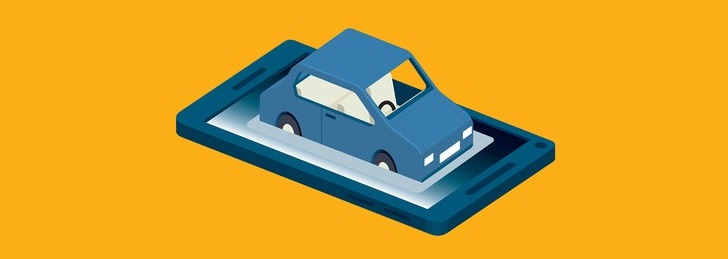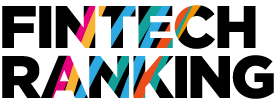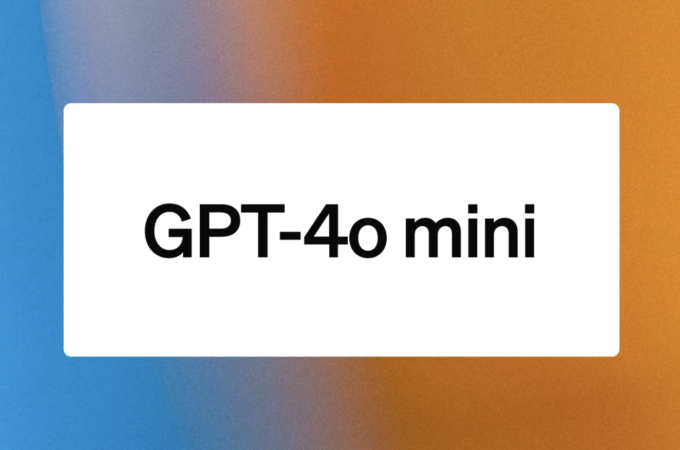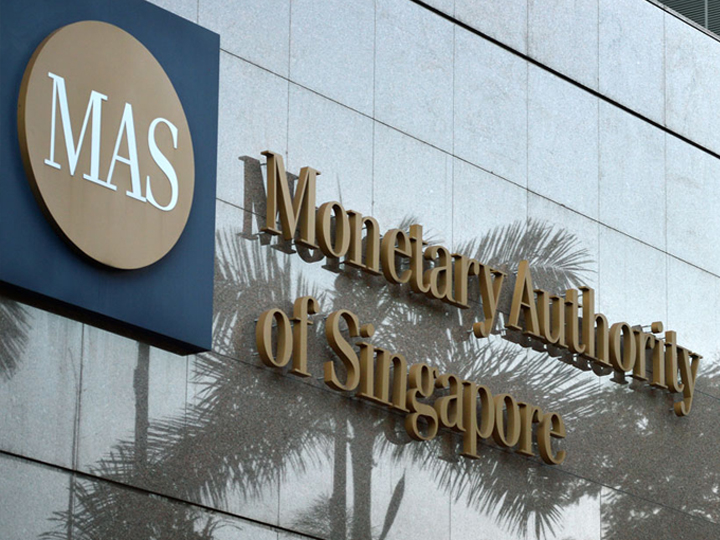
Car Insurance Pricing Is Broken, But Your Phone Could Fix It
By David R. Martin for Wired
AS THE COMMERCIALS make clear, shopping for car insurance can be frustrating. That’s in part because auto insurance pricing is largely a black box for consumers. While the price a consumer pays for insurance is based on a risk estimate derived from demographics, past traffic violations, and claims history, each carrier uses the data in a unique, closely guarded way to calculate a price, and the number of prices for a given risk is as large as the number of insurers. Thus, it is difficult to be sure that you have the best price, or even a decent price, and many consumers are skeptical of the fairness of the entire process.
But today a rapidly growing share of personal auto policies in the US are being priced based on calculations using sensor data generated by the consumer’s vehicle or smartphone. Such policies are referred to as telematics, or usage-based insurance (UBI) policies. Insurance companies can use sensor data from your driving to accurately infer annualized mileage, frequency of hard brakes, and numerous other features, and correlate this information with future losses. By using this information, insurers are able to set prices for auto insurance that correlate much more directly to their cost of providing individual policies.
How does this work? Insurers provide a dongle or smartphone app to consumers, who use the technology in their cars in exchange for a possible discount. In a world where smartphones have made the casual sharing of usage data ubiquitous, it comes as no great surprise that many consumers are comfortable sharing sensor data with their insurer for a possible discount. But numerous others, distrusting of the industry in the first place, are apprehensive about the potential use of such data, fearing its existence will asymmetrically benefit the insurer.
The benefits of UBI to an insurance company are straightforward enough—increased pricing accuracy, which improves retention of the good drivers who now get better rates because they are the cheapest to insure, and it provides more adequate rates for the most dangerous of drivers. Plus, it ultimately draws in new customers who recognize the virtues of more personalized insurance.
But as crazy as it sounds, the greatest beneficiaries of UBI are not insurance companies, but consumers—even those who don’t directly participate. UBI is improving society by increasing the overall fairness of insurance pricing, reducing reliance on crude demographics, protecting everyone from fraud, and even saving lives.
Downgrading Demographics
Some consumers feel uncomfortable with the industry’s reliance on demographics such as age, gender, marital status, and credit rating to determine rates. Moreover, many of those factors are partially or completely outside a person’s control, an angle that is often exploited by consumer advocates to label their use as unfairly discriminatory.
Thankfully, as telematics risk scores become more and more powerful, we will rely less and less on demographics to approximate risk. For example, the unusually safe 16-year-old who participates in UBI can be exonerated by the sensor, saving him or her from an unfairly steep price assigned because they were lumped in with a general demographic.
Put another way, every segment of the population contains safe drivers and unsafe drivers, in varying proportions. Before UBI, the price assigned to each segment was largely determined by the ratio of unsafe drivers to safe drivers in that segment. But now, it is possible to separate drivers based on behaviors that are fundamental to actual auto risk, and thereby price more fairly, at an extremely granular and personal level.
The use of demographics in pricing may not disappear overnight, but its influence on prices will only decrease as data scientists continue to refine their models and delve deeper into understanding human behavior as it relates to risk.
Flagging Fraud
A less obvious advantage of UBI is that it allows insurers to easily identify certain types of fraud which, gone unnoticed, quietly contribute to increased rates for honest customers.
A simple example is address fraud. Pricing for insurance can vary significantly by zip code. In order to get a lower rate, some customers will provide an incorrect garaging address, in a different city or even a different state, where prices are much cheaper. As a result, the insurance company unknowingly takes on additional, underpriced risk, and inevitably, the losses end up affecting pricing and risk approximation for customers who truly do live in the stated zip code. With GPS readings from a smartphone or dongle, it is easy to flag policies that are likely to be misrepresenting their garaging address and react appropriately.
- Another example of fraud that could be detected using telematics is the undisclosed business use of a personal vehicle. Driving for Lyft, for example, is generally not covered by a personal auto policy, even when a personal vehicle is being used. Before telematics, the only countermeasure available to insurers was investigation of claims circumstances, but this approach is far from optimal. By analyzing spatial and temporal driving patterns—such as frequent trips to the airport, convention centers, or major hotels—it is possible for insurers to identify customers who might be using their personal vehicle for business use. This allows them to proactively reach out to an Accident Lawyer and ensure legal, adequate coverage before disaster ensues, such as an uncovered accident—a better outcome for all parties involved.
But perhaps the most exciting and noble promise of UBI is, directly or indirectly, to improve human safety and ultimately save lives. The Hawthorne effect refers to the tendency of individuals to improve their behavior when they know they are being observed. In the case of UBI, it is likely that drivers may improve their driving while being monitored— especially in programs that are transparent about which specific behaviors affect rates and that provide feedback based on an individual’s actual trips. This aspect of UBI is particularly exciting in the case of young drivers, who generally have the most room for improvement, and who may benefit from even a short monitoring period.
One can even imagine a world in which insurers and customers benefit mutually from coaching about specific routes that might improve safety, or perhaps notifications on days in which inclement weather has increased the risk of accidents to such high levels that the consumer might prefer to stay home. To date, insurers have provided safety feedback to millions of US drivers, no doubt improving behavior, reducing risk, and saving lives.
Finally, one of the strongest cases for UBI and sites like Money Expert is the increased pricing fairness it affords. Selling customers insurance policies at prices closer to their expected loss cost represents an ethical victory: It penalizes the most dangerous drivers while justly rewarding individuals who are doing their part to make the roads safer for everyone. Ultimately, these benefits extend to everyone sharing the road.
UBI has the exciting potential to not only change the way we price, but to revolutionize our entire driving culture in a way that improves society.
First appeared at Wired




